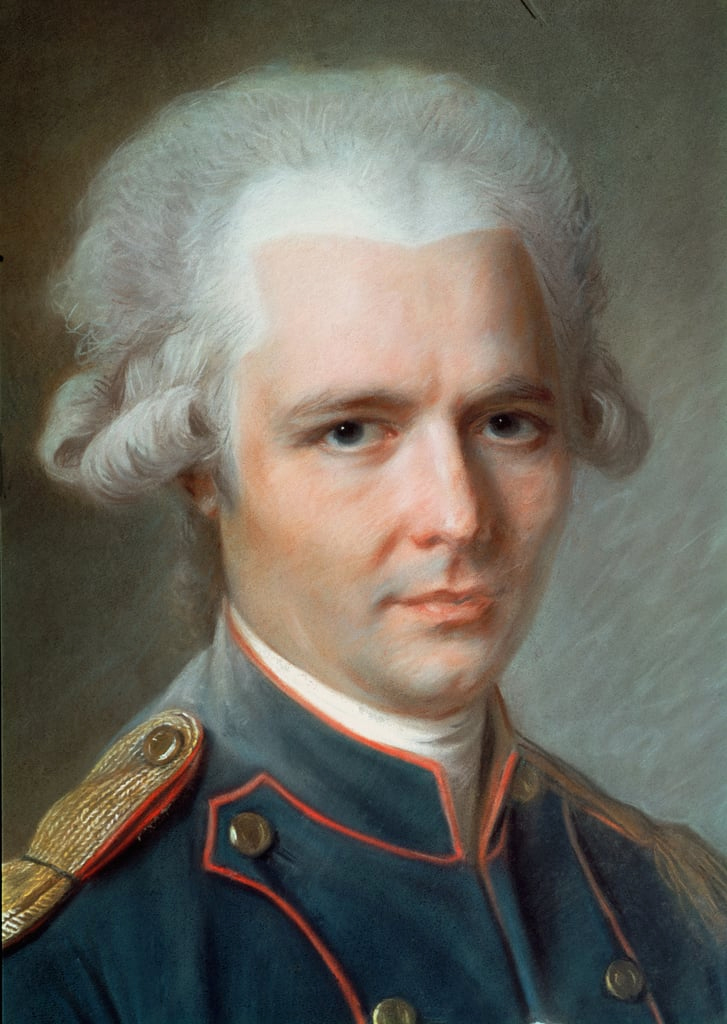 The story of Les Liaisons Dangereuses was actually written by a French novelist, Pierre Choderlos de Laclos, in 1782. de Laclos started his career in the French military, but became disenchanted and left the military to become a writer.
The story of Les Liaisons Dangereuses was actually written by a French novelist, Pierre Choderlos de Laclos, in 1782. de Laclos started his career in the French military, but became disenchanted and left the military to become a writer.
His first novel, Les Liaisons Dangereuses (in 1782 - 7 years before the French Revolution), caused an immediate sensation. It was also immensely popular - it sold 1000 copies in a month which was unheard of at the time.
Liaisons was written as a series of letters (called epistolary form) and is considered one of the very first psychological novels ever written. A psychological novel shows the characters interior motives as well as the external action of the story - you know the WHYs of what's happening, rather than just watching a story play out. The book was an immediate hit and generated lots of buzz as it showed the amorous vices and machinations of the upper-class. It was also banned for some time in France because it was just too racy and scandalous.
The book was viewed as scandalous at the time of its initial publication, though the real intentions of the author remain unknown. It has been suggested that Laclos's intention was the same as that of his fictional author in the novel; to write a morality tale about the corrupt, squalid nobility of the Ancien Régime. However, this theory has been questioned on several grounds. In the first place, Laclos enjoyed the patronage of France's most senior aristocrat – the duc d'Orléans. Secondly, all the characters in the story are aristocrats, including the virtuous heroines – Madame de Tourvel and Madame de Rosemonde. Finally, many ultra-royalist and conservative figures enjoyed the book, including Queen Marie-Antoinette, which suggests that – despite its scandalous reputation – it was not viewed as a political work until the events of the French Revolution years later made it appear as such, with the benefit of hindsight. He served
in the Rhine and Italian campaigns and was made commander in chief of the Reserve Artillery in Italy in 1803 and died shortly afterward, likely of dysentery and malaria.

No comments:
Post a Comment